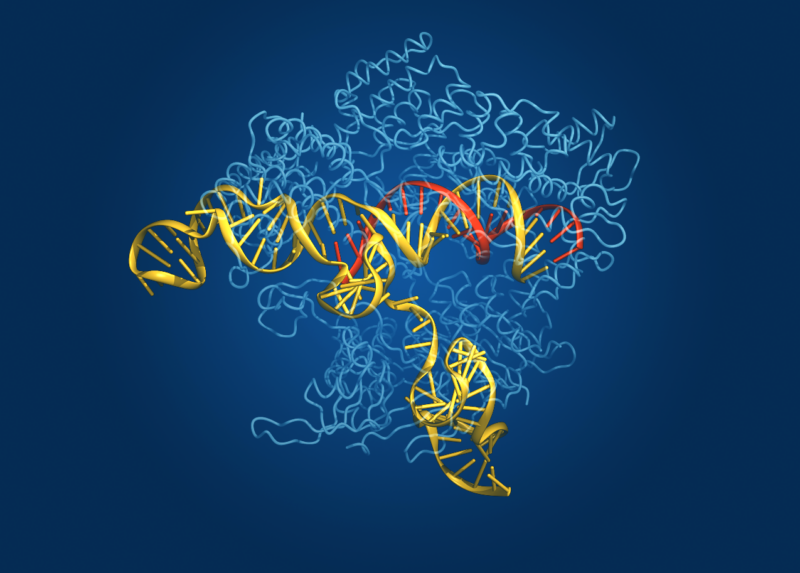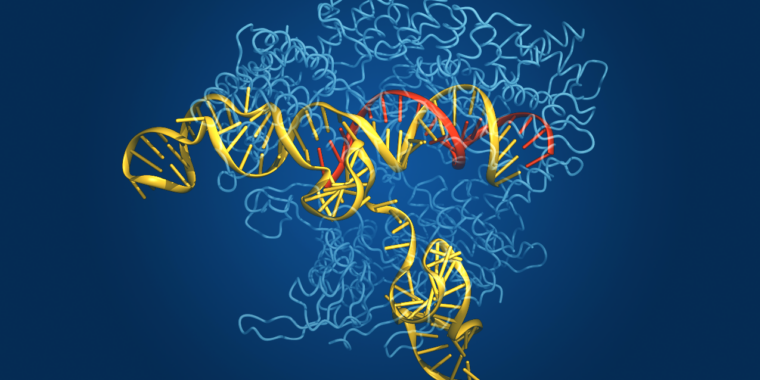
CRISPR—Clustered Regularly Interspaced Short Palindromic Repeats—is the microbial world’s innovative approach to adaptive immunity. Unlike humans, bacteria incorporate a pathogen’s DNA into their genome and link it to an enzyme (Cas) to recognize and cut the pathogenic DNA if it turns up again, making it a powerful genetic manipulation tool.
Now, researchers have discovered a new way to search genomes for CRISPR-Cas-like systems and found a plethora of additional tools to work with.
Genome Modification and Discovery
Six types of CRISPR-Cas systems have been identified in various microbes. They deliver proteins to a specific genetic sequence with an unprecedented degree of specificity, making gene editing and correction of mutant genes possible. In an effort to identify enzymes performing additional modifications, researchers developed a new tool to detect variable CRISPR arrays and successfully identified 188 new CRISPR-Cas systems from vast prokaryotic genomic information.
Diverse CRISPR Systems
Researchers found that some newly identified CRISPR systems use Cas enzymes with never-before-seen domains or appear to be fusions with known genes. They also discovered proteins associated with CRISPR arrays that have varying functionalities, including a virus protein that binds to CRISPR arrays and inactivates them. They also identified RNA-guided systems similar to CRISPR, hinting at their possible involvement in defense mechanisms.
The scope of this discovery further expands our understanding of the biology and evolution of CRISPR systems, illuminating the vast potential of Earth’s biodiversity and providing a resource for future exploration.
Article DOI: 10.1126/science.adi1910


